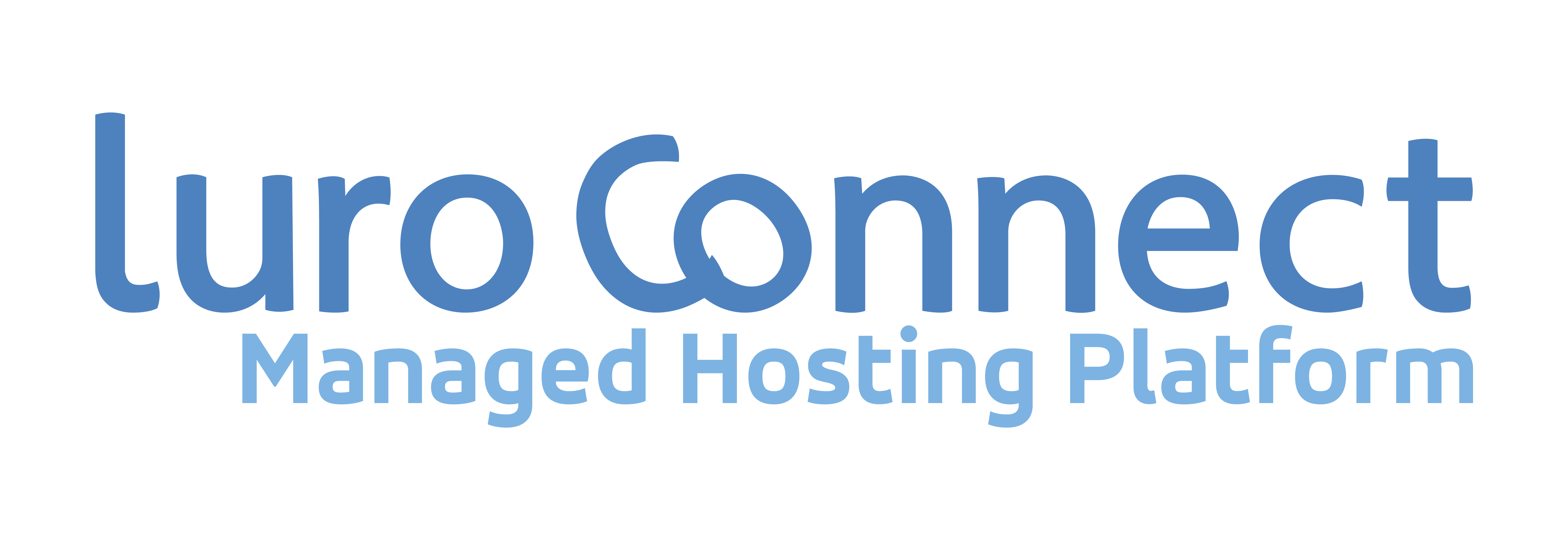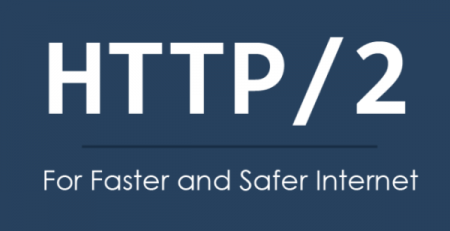Analysis of recent website security breaches

Introduction
Recent high profile website security breaches are nice to study to ensure you have defense mechanisms in place.
We strongly believe in “defense in depth” or “multi layered security”. This includes
- Defense in Multiple Places. Meaning that an organization need to deploy security mechanisms in different places.
- Layered Defenses. This means to have many layers of defense.
Let us analyze these hacks and lessons we can learn.
Analysis of 4 hacks to known websites
britishairways.com does not even store credit cards!
British Airways eCommerce site britishairways.com reported leak of 380,000 credit cards.
Let us first look at their privacy policy
Under “How we secure your payment information when you book online” it mentions
- All of your personal information is encrypted as it travels over the Internet, to and from www.ba.com. When information is encrypted, it is scrambled between your computer and our server. The information is only unscrambled when it safely reaches us. It’s fast and safe, and it ensures that your personal information cannot be read by anyone else.
- When you send your personal details to us, none of the information is stored on the website, it is passed straight back to our secure servers at our Heathrow headquarters, where it only exists as part of the record of your transaction.
Factually, what does “none of the information is stored on the website” mean?
Also based on the clarification given by BA we can assume they do not store credit card information along with the customer data.
The breach :
- Magecart created a secure fake site baways.com which was used to store the siphoned credit card information
- As is typical of magecart they broke into the britishairways.com servers, possibly through an admin interface to change a javascript file (modernizr.js), an open source library used on the website. Magecart inserted a short javascript that would monitor keystrokes and report back to baways.com that they owned.
That clearly indicates there was a breach. However, if one assumes the main servers of britishairways.com are well protected, there can be 2 possible options of breakin
- It is possible in the website to use a administrative interface to change or upload a javascript file that gets used in the build
- Or, they were able to gain access to the build process of britishairways website and ensure a modified version of the required javascript file was inserted.
What lessons can we learn?
- Admin interface to either update HTML or javascript code directly is a bad idea. If your environment has that convenience, it is important to protect it. Protection can be IP based so only certain IPs can access or be hidden in general and unlocked if needed.
It is also important to periodically check if HTML or JavaScript stored in the database is clean. For example do not allow any JavaScript tag in the product description.
Live site should be hosted to ensure directories from where any code is executed is not allowed to be written to.
The breach :
Due to a vulnerability in “Apache Struts” that was exploited, access to execute any shell script was given and the hacker was able to download the entire credit history data stored.
Exact vulnerability in Apache struts – “incorrect exception handling and error-message generation during file-upload attempts, which allows remote attackers to execute arbitrary commands via a crafted Content-Type, Content-Disposition, or Content-Length HTTP header”
Patch was available but was not implemented on the server
What lessons can we learn?
- While the obvious lesson is to update when patches are available, we think that it is not always possible or there will atleast be a lag between the patch being released and the website being patched.
- A web user – the user that the web application is running as – should have a need to know access permissions.
- Web root should be clean – do not have temporary folders or files that are not required – or limit permissions of the web user.
- Monitor network activity for any unusual pattern – download of 143m records should not go unnoticed.
- Use reverse proxy as we web server (like nginx) and do not expose the actual application servers to the internet. Infact, ensure the web server is a separate container or instance that only serves static content and passes upstream requests to the application server.
The breach :
As per facebook …
The vulnerability was the result of a complex interaction of three distinct software bugs and it impacted “View As,” a feature that lets people see what their own profile looks like to someone else. It allowed attackers to steal Facebook access tokens, which they could then use to take over people’s accounts. Access tokens are the equivalent of digital keys that keep people logged in to Facebook so they don’t need to re-enter their password every time they use the app.
First, the attackers already controlled a set of accounts, which were connected to Facebook friends. They used an automated technique to move from account to account so they could steal the access tokens of those friends, and for friends of those friends, and so on, totaling about 400,000 people. In the process, however, this technique automatically loaded those accounts’ Facebook profiles, mirroring what these 400,000 people would have seen when looking at their own profiles. That includes posts on their timelines, their lists of friends, Groups they are members of, and the names of recent Messenger conversations. Message content was not available to the attackers, with one exception…
The attackers used a portion of these 400,000 people’s lists of friends to steal access tokens for about 30 million people
What lessons can we learn?
- Do not generic and hidden tokens that give cross access to APIs. Instead, each token should have a ACL (Access Control List) and select the minimum ACL required.
- While this is particularly true for web services, in eCommerce websites payment gateway tokens should not be sent to frontend until required, even in hidden fields.
The breach :
- On the evening of Saturday, June 23rd (2018), we received notice from our customers at Ticketmaster that the personal data of their users had been compromised. Upon further investigation by both parties, it was confirmed that the source of the data breach was a single piece of JavaScript code, customized by Inbenta to serve Ticketmaster’s particular requests. The attacker(s) located, modified, and used this customized script to extract the payment information of Ticketmaster customers processed between February and June 2018.
- After a careful analysis of all clues and snapshots from our systems, the technical team at Inbenta discovered that the script had been implemented on the payment page. We were unaware of this, and would have advised against doing so had we known, as it presents a point of vulnerability.
- Inbenta has conducted a detailed analysis of all the file systems used for development and production systems, thoroughly analysing any difference between the original source code and the version in the production environment. We can confirm that just 3 files were altered that affected 3 specific websites for Ticketmaster.
- One of the advantages of hosting scripts at Inbenta’s servers that are embedded in our customer’s website is the flexibility that Inbenta can offer to our customers to have new functionalities or updates up and running quickly. The downside is that we cannot monitor which web pages our customers are embedding those scripts on and therefore we cannot prevent customers putting them in pages that collect sensitive information.
What lessons can we learn?
- Avoid including 3rd party libraries from 3rd party servers. Implementing this is a matter of size sometimes – if the vendor is bigger and changes the content often, this cannot be done. However, there are many instances that can be avoided.
- Ensure version in original source code and that in the production environment are the same, else there has been a breach.
- Production site should be hosted to ensure directories from where any code is executed is not allowed to be written to.
- Secure the CI/CD process so files in version control are not modified on the way. Some need to be compiled / compressed, etc but the possibility of inserting code has to be prevented. Securing CI/CD process is important.
Conclusion : Do not take Security for granted
Just having a SSL or a WAF is not enough security. Even having PCI certification is not enough security.
Instead, building security in mulitple layers, following first principles of security such as “need to access” and monitoring are needed. Since we cannot assume there is full proof security, we have to actively both prevent and know early if there is a breach.
To secure your Magento website, refer our article “Enterprise Grade Security For Your Magento Website“








